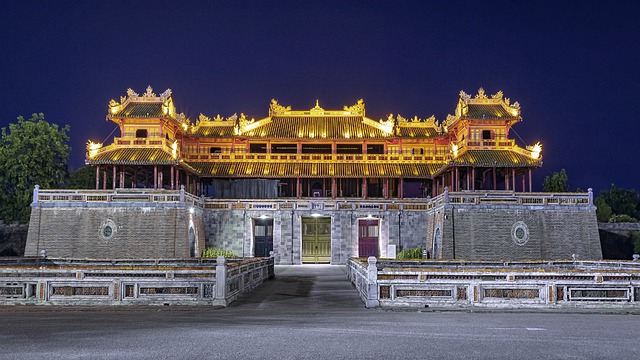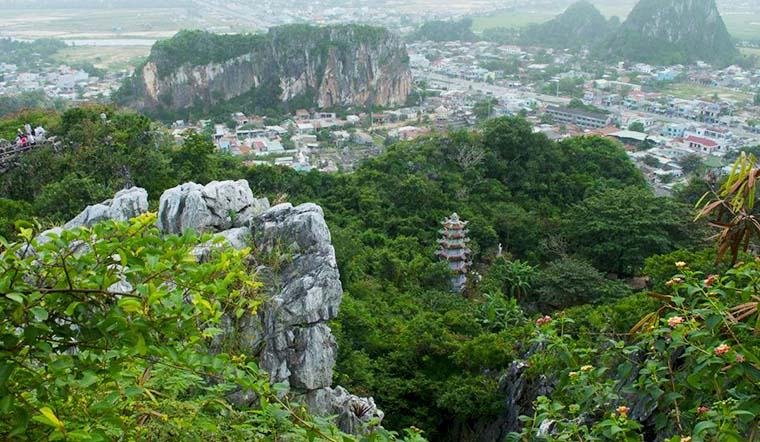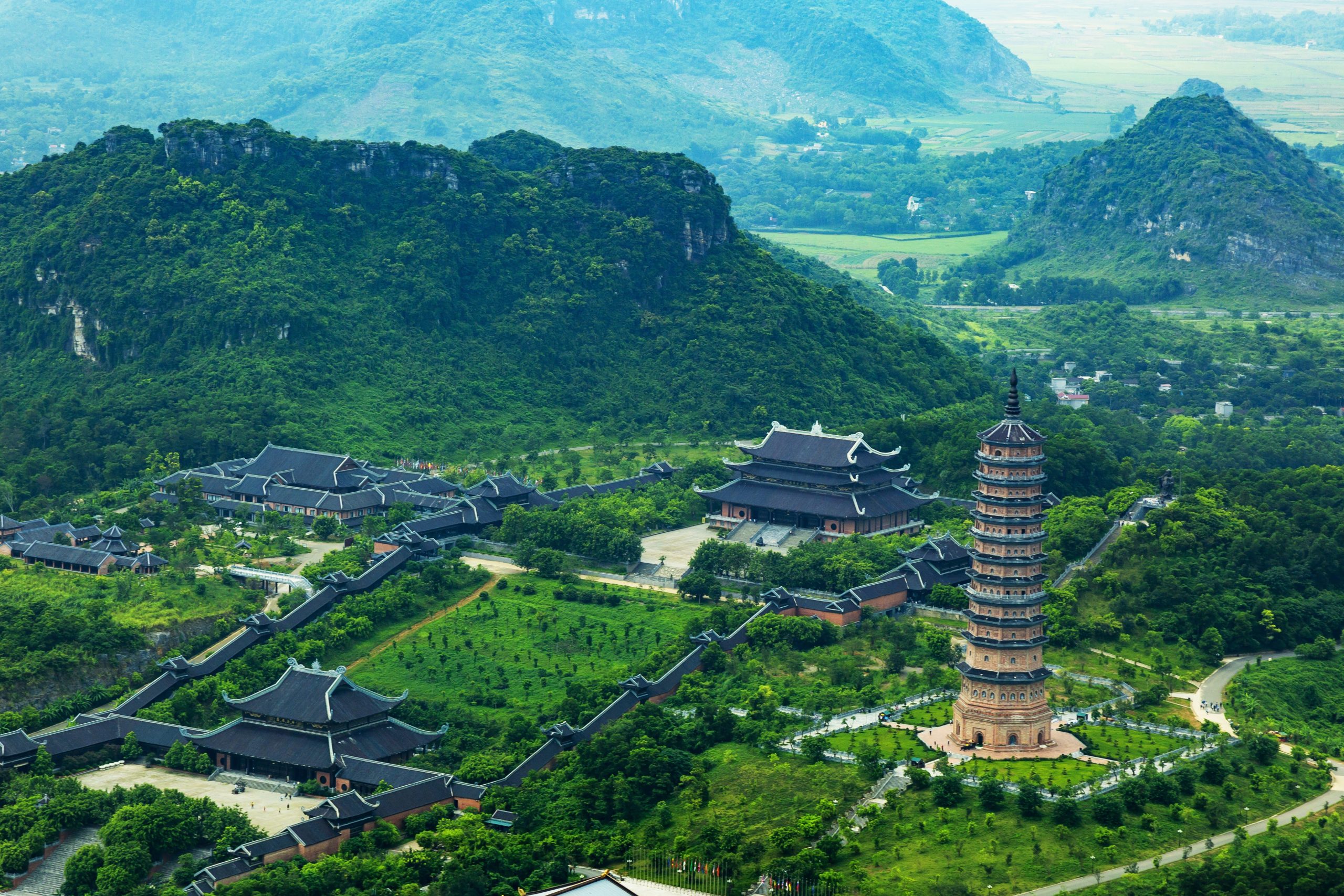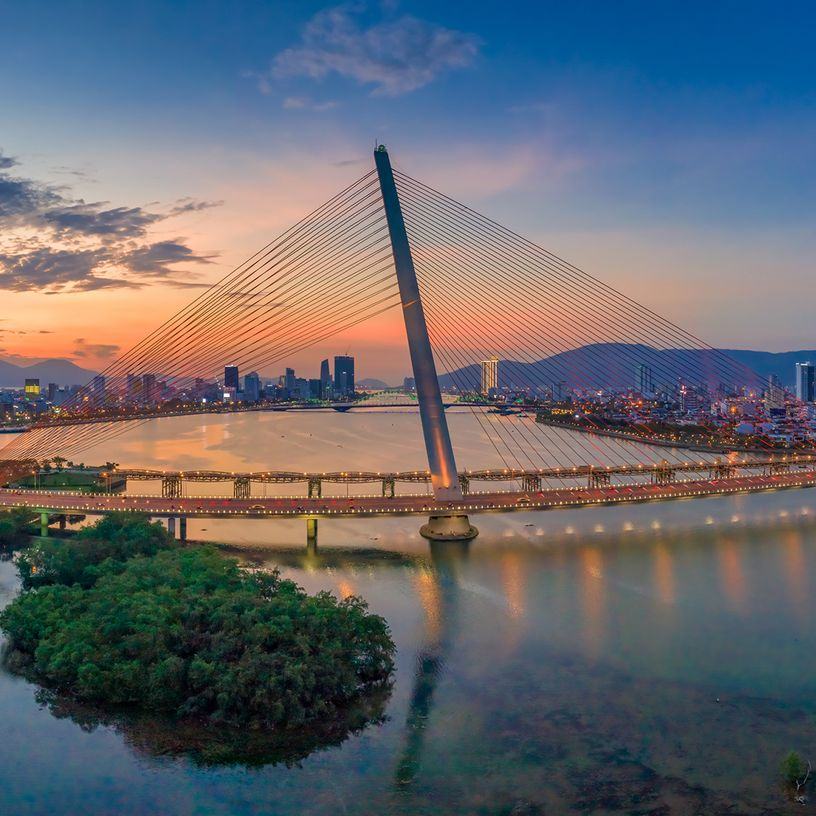Blogs
Top 10 Culture in Vietnam: Destinations and Activities
Top 10 Culture in Vietnam: Destinations and Activities
Vietnam is a nation steeped in history and traditions, characterized by a blend of cultures, languages, and historical influences. Over the centuries, various traditions and foreign elements have shaped the country. The regional diversity contributes to the rich cultural tapestry of Vietnam.
Each city and region offers a unique cultural experience. If it’s your first visit to Vietnam, you might not immediately notice these differences due to the overwhelming array of impressions and your unfamiliarity with the people. Therefore, having a list of cultural attractions and activities can be helpful when organizing your trip.
1. Hoi An
For those looking to delve into Vietnam’s rich cultural heritage, Hoi An Ancient Town, a UNESCO World Heritage Site, is the ideal destination. This city is a remarkably preserved example of a Southeast Asian trading port that thrived in the 16th and 17th centuries. During its peak, Hoi An attracted merchants from Japan, China, Spain, and the Netherlands, becoming a hub of cultural exchange. Today, visitors can immerse themselves in the culture of the old town through historical museums, heritage homes, and a variety of food and shopping options. A wealth of cultural experiences awaits along the streets of Hoi An Ancient Town.
Activities
- Explore the old city: Walking through the streets is already a cultural activity. In addition, there are also several museums and buildings that you can visit.
- Craft villages: Around Hoi An there are many craft villages, where you can see and learn how certain crafts are practiced, such as making pots and working the land with water buffalo.
- Cooking course: Hoi An is the most popular place in Vietnam to take cooking classes. In addition to learning to cook Vietnamese, you often also visit a local market.
2. Hanoi
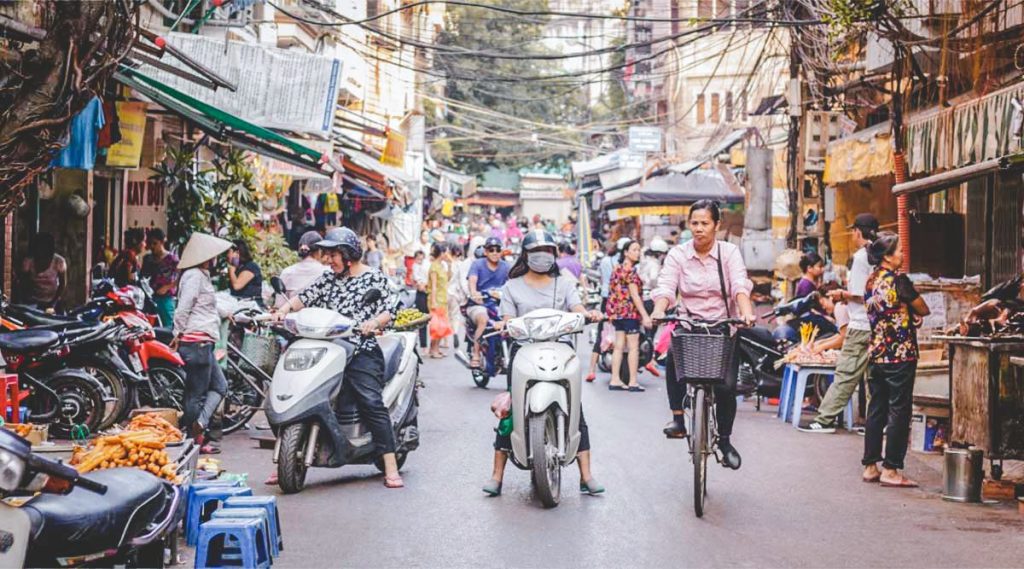
Hanoi is shaped by the cultures of the several colonial countries that have occupied the city as well as the indigenous Vietnamese culture. Vietnam was ruled by the French for a considerable amount of time as colonial overlords, and the Chinese had authority at various points in history. You may find a variety of colonial-era structures, customs, and even cuisine in Hanoi.
Activities
- Museums: Several museums in Hanoi tell about the culture and the colonial past of Vietnam.
- Explore the Old Quarter: The nicest way is probably just to wander around the Old Town, with local street life, French architecture, Chinese temples, and Vietnamese historic buildings.
- Water puppet show: A special form of traditional entertainment is a water puppet show.
3. Ha Giang

Ha Giang’s inclusion on this list of Vietnam’s greatest cultural destinations is primarily due to the region’s lack of tourism. Every village that has local markets and ethnic minorities (hill tribes) still feels mostly unaffected. It is impossible to observe more fusion traditions than Ha Giang because of this ethnic diversity. Every one of these ethnic groups has a special function when it comes to religion, marriage, holidays, and funerals.
Activities
- When exploring Ha Giang, you have the option to take a motorbike tour on your own, or you can join a local motorbike guide for a safer and more informative experience. A guide can provide insights about the area, connect you with the locals, and take you to hidden gems.
- Another great way to immerse yourself in the local culture is by visiting the markets. In Ha Giang, the markets bring together people from different ethnic groups to trade not only livestock, vegetables, and meat, but also to reconnect with old friends and share stories.
4. Sapa

Compared to places like Ha Giang, for example, Sapa’s culture is far more approachable because to tourism. There is a lot more organization going on in the activities field. The manner you can learn about this culture is particularly pleasant; on a hike in Sapa, you’ll stroll from village to village and get to know a variety of ethnic groups. You pass by rice fields where locals are busily cultivating the land using traditional methods and stroll through communities where you may observe daily life there.
Activities
- Trekking: Walking from village to village is an adventurous way to get to know the local culture.
- Markets: In Sapa itself, you have a market, but you also have many more authentic markets around Sapa that you can visit in a day trip.
- Homestay: Staying in a homestay is the most unique way to get in touch with a local culture. Staying in a homestay means staying in a cabin with a local ethnic family where you will be cooked on a traditional open fire.
5. Hue

You must visit the former Vietnamese royal capital if you enjoy learning about foreign cultures and history. The metropolis is a symbol of the might of the vanished Vietnamese empire. Hue is a city filled of temples, pagodas, palaces, tombs, and monuments that draw visitors from all over the world and deserve a spot on the list of Vietnam’s most important civilizations.
Activities
- Imperial Palace: One of the best historical sites to visit is the Imperial Palace, along with other centuries-old palaces, tombs, and temples.
- Boat trip: Enjoy a boat trip along the Perfume River, where you can visit various attractions along the way.
- DMZ: For insight into the wartime history, consider visiting the DMZ (demilitarized zone).
6. Ho Chi Minh City
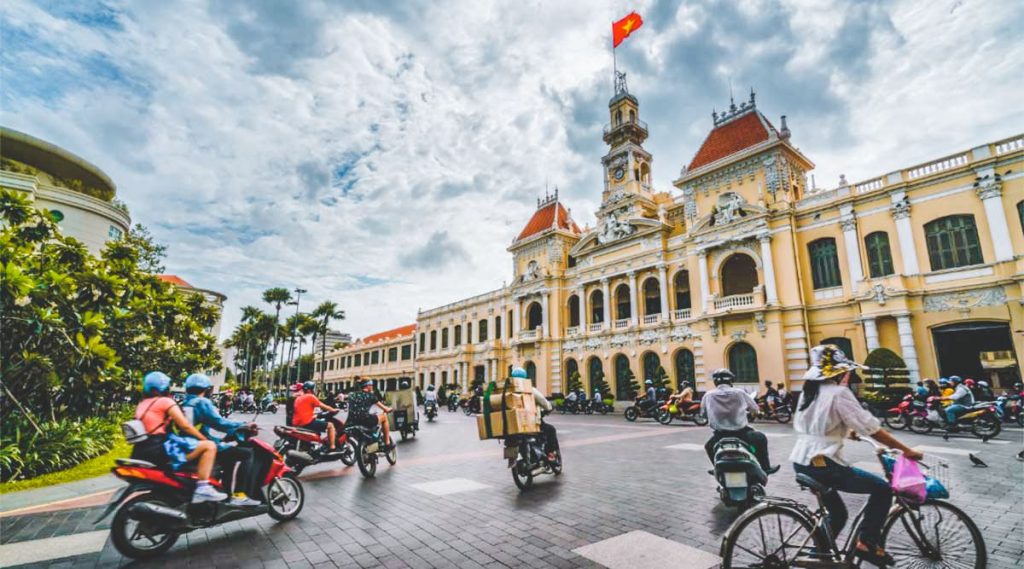
More than any other place in Vietnam, Ho Chi Minh City’s culture has been influenced by the West. particularly considering how long the Americans have been seated here. not just before commerce but also during the battle. As a result, your perception of the city may be more modern, but the atmosphere here is distinct. People from all around have come to the city because it is the nation’s economic hub. It is a vast fusion of Western and Asian civilizations. This is also evident in the buildings, which range from massive skyscrapers to museums dedicated to the Vietnam War, from French colonial structures to the trendiest nightclubs in the nation, and from historic Chinese temples to expansive retail malls.
Activities
- Motor tour: The best way to explore Ho Chi Minh City is on the back of the motor. You feel like a real local. A guide will drive you through the busy streets full of other motorbikes and scooters to famous and unknown sights. A very nice variation is a food tour with the motorcycle. Your guide will take you to the back of the bike to various street tents and local restaurants in the city, where you can try the great Vietnamese food.
- Vietnam War sights: If you want to know more about the war, you can do so in various places. The best known are the War Remnants Museum, Cu Chi Tunnels, and the Independence Palace, where the war ended.
7. Mekong Delta
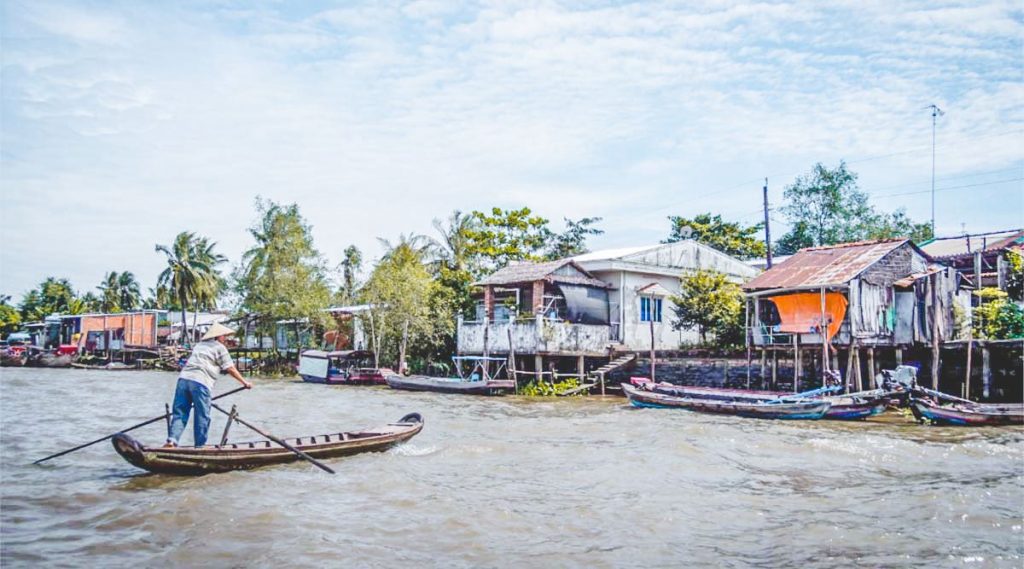
Several cultures live in the Mekong Delta. The bulk of inhabitants in the region are Khmer, who make up the second largest ethnic group with around 2 million members, and Vietnamese. The Mekong has a diverse range of ethnic groups, which explains why there are various customs, festivals, and civilizations there. The manner of life is distinct from that of the rest of Vietnam because the people reside in a delta. Here, the theme of water is predominant; homes are raised above the ground, and floating marketplaces exist.
Activities
- Boat trip: The Mekong is a river delta, and the best thing to see is from a boat. From here you can see the local life and visit various villages.
- Local factories & plantations: The Mekong Delta is very fertile. You can visit various fruit plantations, but also local factories such as a coconut candy factory.
- Floating markets: One of the highlights of the Mekong Delta is the floating markets. Here you can see how people buy and, in particular, buy and sell food from their boat on the water.
- Cycling: Another way to visit different villages and view the local life in this area is by bicycle.
8. Dalat

Dalat’s current Vietnamese culture is one of the main reasons you should travel there. Young Vietnamese people travel to this city, which is among the most well-liked in Vietnam, to enjoy their holidays. You can observe young Vietnamese people taking selfies, taking pictures, and finishing photo shoots everywhere—at lakes, forests, plantations, viewing sites, and coffee shops. Coffee and other freshly prepared goods have a very strong cultural following. These products are marketed in specialty stores and coffee cafes that are designed to appeal to as many Vietnamese people as possible who love to take selfies.
Activities
- Coffee shops: Be sure to visit one or more coffee shops (even if you don’t like coffee, there is plenty to get). Some have unique decor or great views of a lake or tea plantations.
- Easy rider tour: Dalat is a pleasant city, but the best is especially the beautiful surroundings, and the best way to see it is on the back of a motorcycle. Easy riders, and local guides on a motorbike, show you the waterfalls, forests, tea plantations, and hidden places in the area.
9. Kon Tum

Kon Tum is a surprisingly interesting and charming place where almost no tourist comes. The area around Kon Tum houses various ethnic minority communities that are very welcoming when they see a tourist. The area has seen heavy fighting during the war and the city itself has also been destroyed in the last battles of the war.
Activities
- Ethnic minority villages: Because there is almost no tourism here, you have to go exploring yourself. Visit the ethnic minority villages in the area, where it sometimes seems as if nothing has changed for years.
10. Ninh Binh

During the reign of Dinh Tien Hoang King in 968, Ninh Binh served as the political and cultural hub of Vietnam. The first capital of Vietnam, Hoa Lu, is located here, among other things. The enormous Bai Dinh Pagoda, situated twelve kilometers from Hoa Lu, was inaugurated in 2010. Throughout Southeast Asia, this is the biggest Buddhist compound. Thirty thousand years ago, human habitation was evident in the cave systems at archeological sites in Trang An. Over Ninh Binh, you may also discover a variety of temples and pagodas.
Activities
- Explore the area: Explore the local culture in Vietnam by bike, motorbike, or tour.





